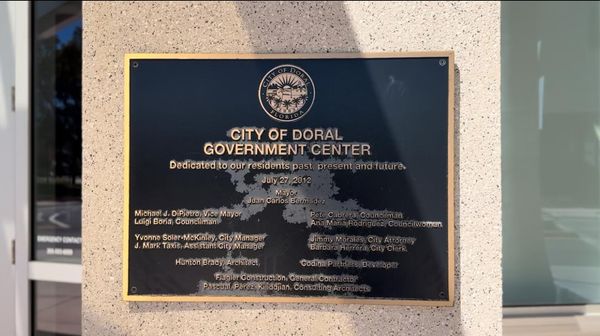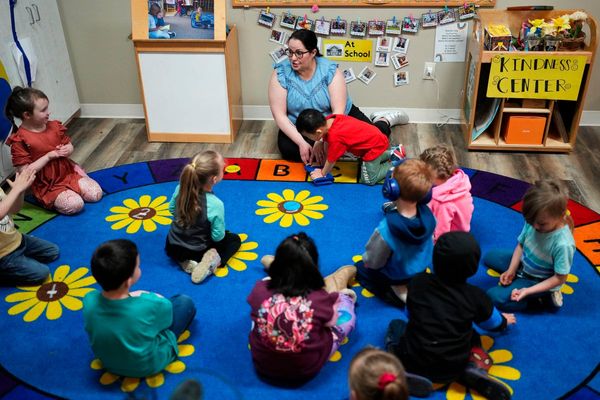
There is something very direct and moving when you read a First World War soldier's letter home, written in his own hand. It's the voice of the witness speaking directly from the bleakness of the battlefield.
Grand histories can't convey the inhuman truth of war as directly as does the pen of an ordinary Aussie soldier stuck in the mud and blood of Flanders.
Like these words, written on Armistice Day, November 11, 1918: "No one displayed the slightest enthusiasm and it doesn't matter a tuppeny dump to me now, whether it goes on or not, the war has done its worst for our family."
There was no joy there in Lieutenant Sydney Traill's neat pencil script. The war had cost him too much. His brother-in-law was killed at Estrees in northern France on October 3, barely a month before the end of the fighting.
Lieutenant Traill returned to Sydney from the "war to end all wars" - the one that, four years earlier, would be over by Christmas. Back home, he typed up his diaries. Nine years after returning home, he died at the age of 33. The cause of his death is not known.
The Australian War Memorial has just put the diaries and letters of 258 soldiers online so all can see them in their heartbreaking original form - 90 were for the First World War and 168 for the Second World War.
"Many of the letters and diaries on the Memorial's website record how people reacted to hearing of the end of a very long and horrific war," the head of the memorial's research centre, Robyn Van Dyk, said.
While Lieutenant Traill did not throw his hat in the air in gratitude, others did record their joy.




Safely distant from the front, 18-year-old Australian Lance Corporal Wilfred Gallwey wrote to his "dear mother": "London has gone mad and I am intoxicated with joy."
And he tells his "dear mother" that "women have never been so free".
"I have been mobbed and kissed and hugged to death. The happiest day I have had for years."
This latest tranche of the memorial's collection of documents to be put online is part of its four-year project. The researchers have often chosen the items most requested, the idea being that if they are online, the physical bits of paper won't get handled so much.
"It's a slice of our history. Digitisation makes these collections so much more accessible to everyone," Ms Van Dyk said.
"There are over 14,000 collections that have been digitised including archival records, photographs, film, maps, art posters and objects, all now being progressively published.
"In the past, people had to travel to Canberra and request to view these items which were only able to be viewed from the Reading Room but now you can access these historic records from home and unlike paper you can zoom into the text and bring up the content in detail.
"Personal collections such as letters and diaries give us a deep insight into how many Australians felt, you get a sense of what it was like for those individuals."







